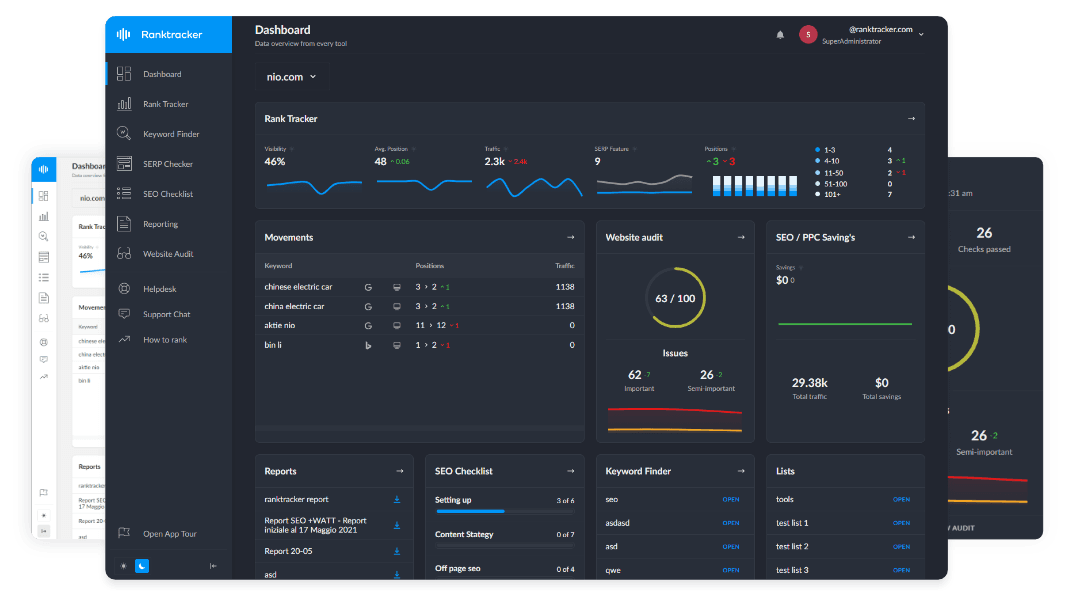Intro
Managing SEO for a large website requires a scalable approach to site architecture, content optimization, and technical SEO. Enterprises with thousands of pages need a well-planned strategy to ensure crawl efficiency, indexability, and performance.
1. Optimize Site Architecture
Best Practices for Large-Scale Site Structure:
- Use a logical URL hierarchy to organize content efficiently.
- Implement breadcrumb navigation for improved user experience and indexing.
- Keep URLs short, descriptive, and keyword-rich.
- Avoid deep nesting (ensure important pages are within 3 clicks from the homepage).
2. Improve Crawl Efficiency
Large websites can suffer from crawl budget limitations. Ensure search engines prioritize important pages.
How to Optimize Crawl Budget:
- Submit an XML sitemap with only essential, high-quality pages.
- Use robots.txt to block irrelevant sections (e.g., admin panels, duplicate categories).
- Implement canonical tags to prevent duplicate content issues.
- Fix broken links and redirect chains to avoid wasted crawl budget.
3. Implement Scalable Internal Linking
Internal links help distribute link equity and enhance site navigation.
Best Internal Linking Practices:
- Use contextual links to connect relevant content.
- Link to high-priority pages from frequently visited pages.
- Avoid excessive links on a single page (keep it user-friendly).
- Use a hub-and-spoke model, where pillar pages link to related subpages.
4. Manage Duplicate Content & Canonicalization
Large websites often generate duplicate content due to filters, pagination, and URL parameters.
Fixing Duplicate Content Issues:
- Use canonical tags to point search engines to the preferred version.
- Implement Hreflang tags for international versions.
- Noindex thin or duplicate pages that don’t provide unique value.
- Consolidate similar content into comprehensive pillar pages.
5. Optimize Page Speed & Performance
Website speed impacts rankings and user engagement.
Speed Optimization Tips:
- Use lazy loading for images and videos.
- Minify CSS, JavaScript, and HTML files.
- Implement browser caching to reduce server load.
- Use a Content Delivery Network (CDN) for global performance improvements.
6. Leverage Automation for SEO Scaling
Managing thousands of pages manually is inefficient. Automate where possible.
SEO Automation Strategies:
- Use dynamic XML sitemaps that update as new content is added.
- Implement structured data markup at scale using automation tools.
- Leverage AI-powered content recommendations for internal linking.
- Monitor performance with automated SEO audit tools like Ranktracker’s Web Audit.
7. Monitor & Analyze SEO Performance
Tracking SEO performance at scale is essential for continued success.
Key SEO Metrics to Track:
- Crawl errors (Google Search Console)
- Indexation trends (site:yourdomain.com in Google)
- Organic traffic growth (Google Analytics)
- Ranking fluctuations (Ranktracker’s SERP Checker)
A well-structured, technically optimized, and efficiently managed enterprise SEO strategy ensures better visibility, increased organic traffic, and long-term growth in search rankings.

